Chemically, ibrutinib is classified as a small-molecule kinase inhibitor. Its chemical structure consists of a tetrahydropyrimidine ring system with a benzene group attached to it, containing a nitrile functional group. The compound's full chemical name is [(1S)-3-[(2S)-3-[(4-phenyl-1H-pyrrolo[3,4-b]quinazolin-1-yl)methyl]-4,5-dihydro-1H-pyrrolo[3,4-b]quinazolin-2-yl]-1-pyrrolidinyl]propan-1-ol], reflecting its complex, multi-ring configuration. Ibrutinib’s solubility is moderate, and its pharmacokinetics include an oral bioavailability of around 3-4% in humans, with peak plasma concentrations occurring a few hours after administration.
In terms of solvation, ibrutinib is often administered as a capsule, and the formulation includes excipients designed to enhance its solubility and bioavailability. It is not highly water-soluble, so its formulation typically involves techniques like inclusion in soft gelatin capsules that help in the absorption process. Ibrutinib is metabolized in the liver via cytochrome P450 enzymes, especially
As a pharmaceutical product, ibrutinib is typically formulated as an oral capsule or tablet. Its solubility in water is limited, and it requires formulation strategies that enhance bioavailability. The solvation process in its oral dosage form often includes excipients designed to improve absorption and reduce variability in drug release. Ibrutinib has low bioavailability (around 3-4%) due to its poor solubility, but the formulation helps optimize its pharmacokinetic profile. The drug is metabolized mainly by the liver enzyme CYP3A4, which affects its drug-drug interactions and overall pharmacodynamics.

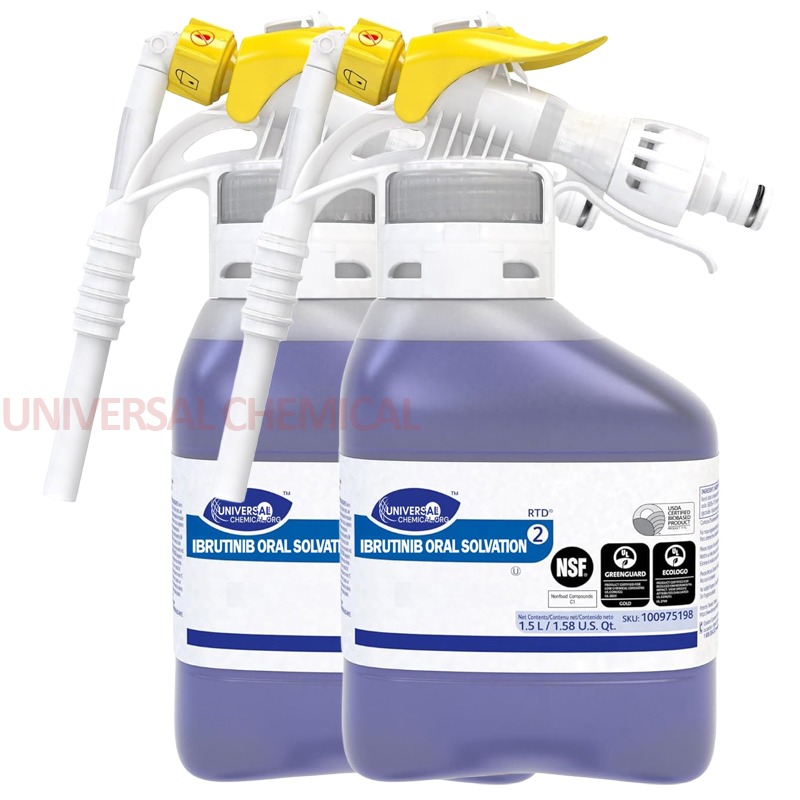
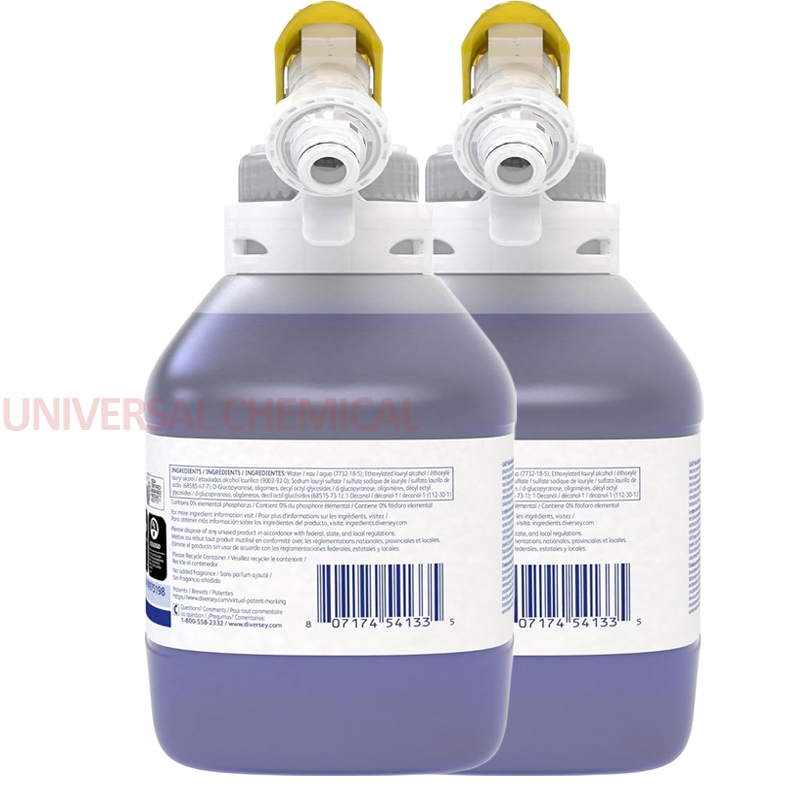
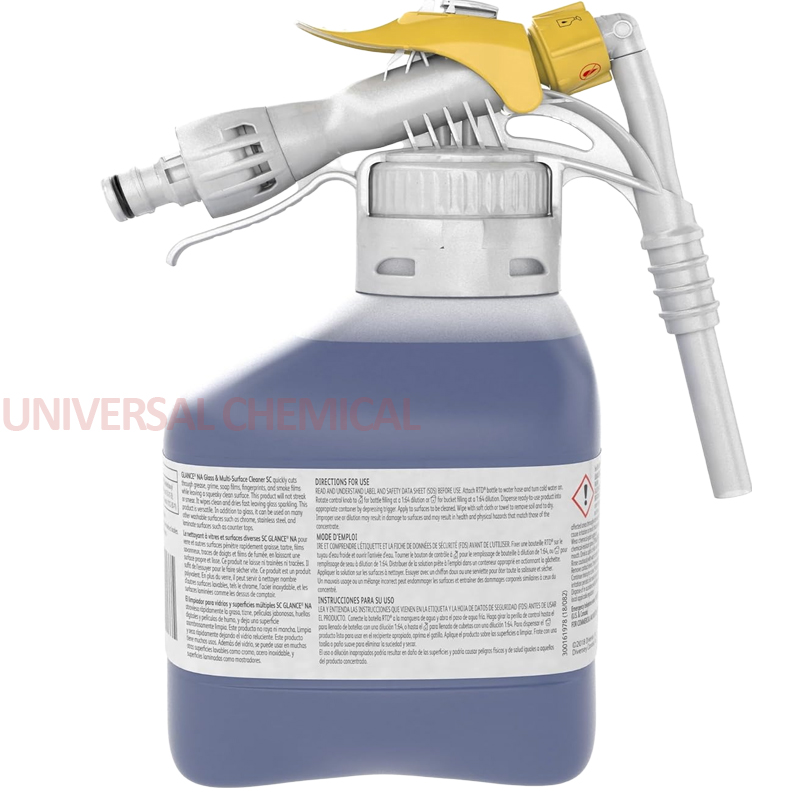
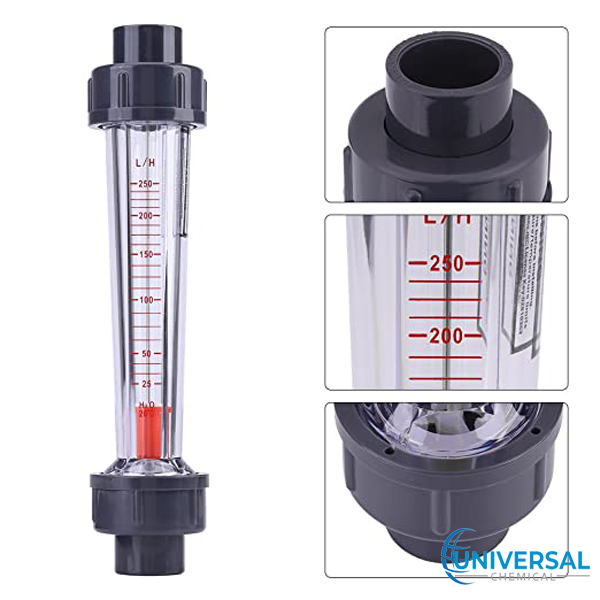
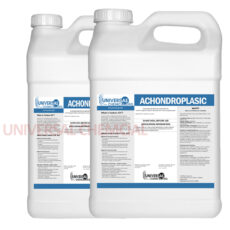


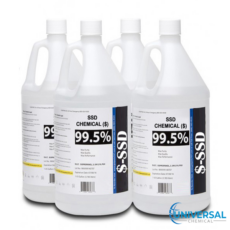

Vihan Malhotra (verified owner) –
Fewer Hospital Visits Patients experience fewer hospital visits due to reduced side effects.
Tanmay Rathi (verified owner) –
Reduces Tumor Growth Significantly slows down the growth of certain cancers.